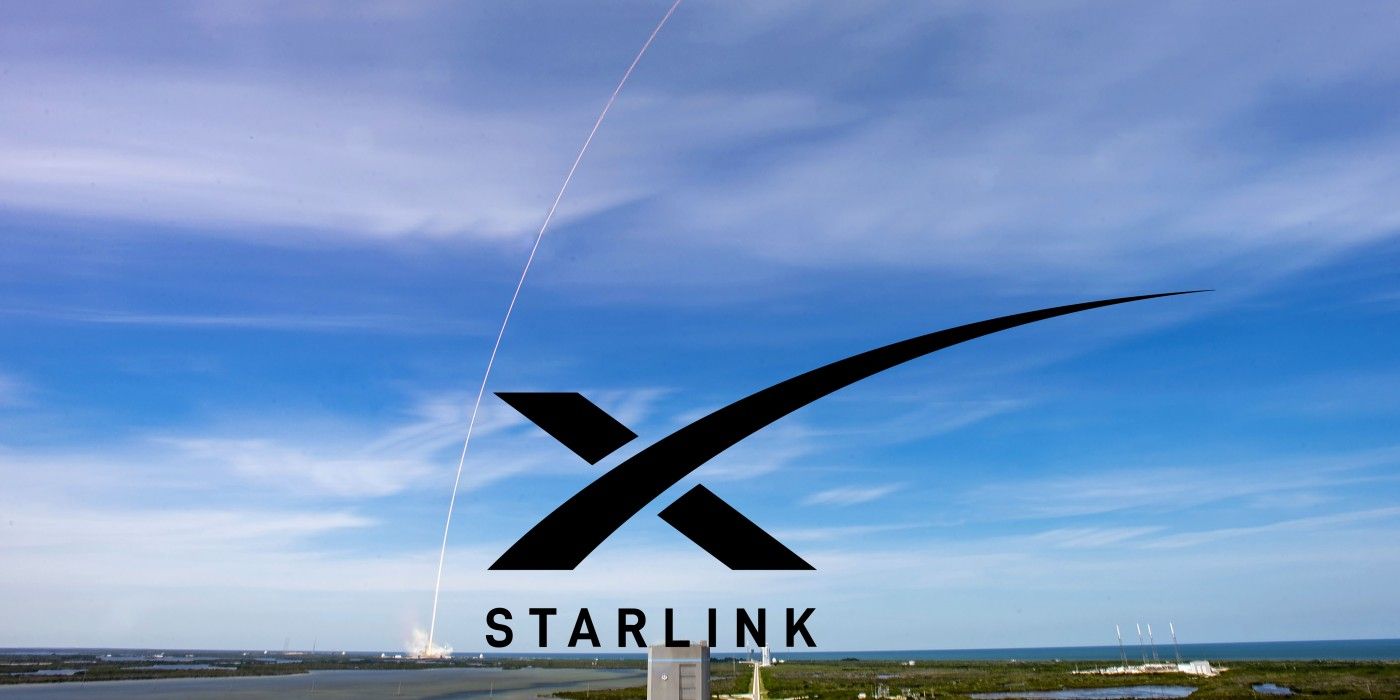SpaceX is rapidly expanding its space-based internet project by building 120 satellites every month. Although the rest of the world might have slowed down due to the various COVID-19 stay-at-home orders, Elon Musk's company appears set on ramping up its ambitions to pave a new way for people on Earth to get online.
The tech billionaire, Elon Musk, wants to usher in a new digital age, and his work with SpaceX and the Starlink satellites can do just that. While Starlink is not the first satellite-based internet service, the project is on track to becoming the next great internet provider. Amazon is also looking to get into this potential market with its Project Kupier and goal to launch 3,236 satellites. Looking at SpaceX, these satellites will be in low-orbit, making them visible to the naked eye and especially as they will form constellations. Although their visibility might be temporary, considering Musk wants to make the constellations invisible to telescopes. SpaceX ultimately wants people to purchase self-calibrating antennas that would connect users to the service and help consumers get a 1 Gbps internet speed.
According to CNBC, Musk recently confirmed that SpaceX is now building 120 additional Starlink Satellites each month to fulfill its network of 120,000 small satellites. The Starlink project had already launched 600 satellites, and the company is understood to have invested $70 million in producing user terminals. This rate of development is remarkable as the company’s ability to manufacture 120 devices every month is 20 times faster than the previous record holder.
Musk's Internet Satellite Constellation
The keyword here is speed and SpaceX’s pace is likely to help the company reach its goal. Speaking of which, SpaceX is understood to have gone to the FCC to see if the company can get authorized to increase the number of user terminals to five million. SpaceX had previously been launching 60 satellites each month, and while 60 satellites every month might seem like a good number, SpaceX has also expressed interest in getting its Starship launch vehicle online so it can carry and launch up to 400 Starlink satellites. At the user level, some are already preparing to get in on the Starlink action after details emerged of the company's private beta, in the build up to the public beta test.
The speed of development is not something to shy away from; in fact, it shows the level of commitment SpaceX has towards this project. If all goes to plan then the resulting satellite network could provide internet services to people all over the world, not just Americans. This could mean that the world will see a new quality of internet services and much greater access to information in places not previously possible. For example, individuals in remote or poorer areas might suddenly have resources they were not previously available. Not only could initiatives like Starlink make the internet more accessible, but it could help to simultaneously diminish the digital divide. Overall, SpaceX is working fast to change the world with this project, and it appears that people will see the results of the space-based internet service sooner than later.
Source: CNBC


